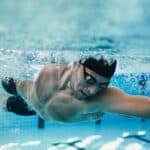THE ROLE OF MASSAGE AND OTHER THERAPIES IN SWIMMING RECOVERY
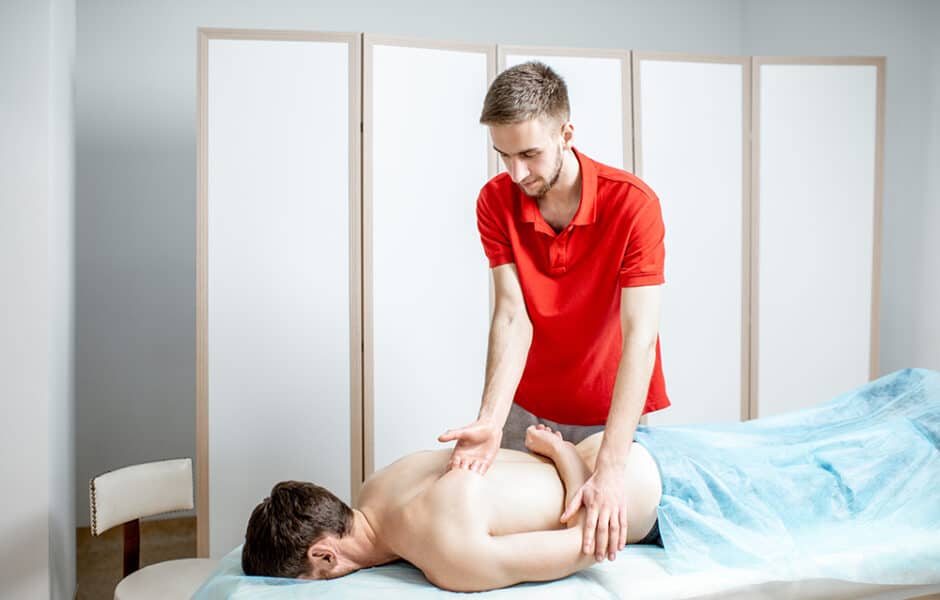
The Role of Massage and Other Therapies in Swimming Recovery
Swimming is a physically demanding sport that requires a high level of endurance and strength. It is also a sport that puts a lot of strain on the body, especially the muscles and joints. As a result, it is important for swimmers to take care of their bodies and properly recover after a workout or competition. One way to do this is through the use of massage and other therapies.
Massage is a form of therapy that involves the manipulation of the soft tissues of the body, including the muscles, tendons, and ligaments. It is often used to help alleviate muscle soreness, improve circulation, and reduce stress. There are several different types of massage, including Swedish massage, deep tissue massage, and sports massage.
Sports massage is a specific type of massage that is tailored to the needs of athletes. It is designed to help athletes recover from their workouts and competitions and prevent injuries. It can be used to target specific areas of the body that may be sore or strained from the demands of the sport.
There are several benefits to using massage as a recovery tool for swimmers. First, it can help to alleviate muscle soreness and improve flexibility. Swimming puts a lot of strain on the muscles, and massage can help to loosen and stretch them out, reducing soreness and stiffness. Massage can also improve circulation, which can help to speed up the recovery process. Improved circulation means that oxygen and nutrients are being delivered to the muscles more efficiently, helping them to repair and rebuild faster.
Another benefit of massage is its ability to reduce stress and promote relaxation. Swimming can be mentally and physically exhausting, and massage can help to calm the mind and relax the body. This can be especially important for swimmers who are dealing with the stresses of competition or training.
In addition to massage, there are several other therapies that can be helpful for swimming recovery. These include:
Cryotherapy:
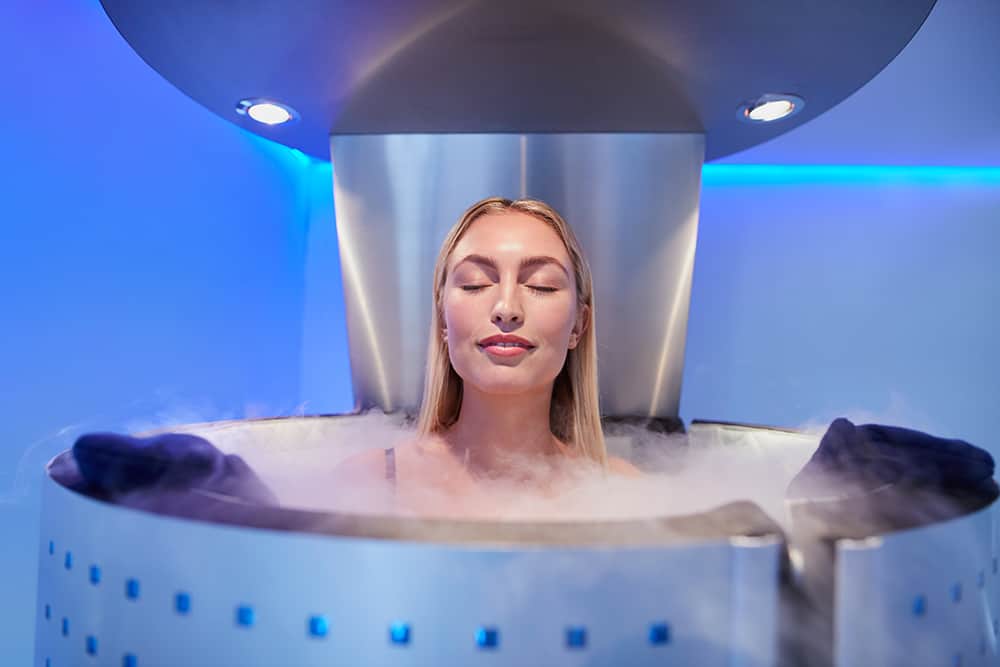
One way to use cryotherapy for swimming recovery is by applying ice packs to sore or inflamed muscles. This can help to numb the area and reduce swelling and inflammation. Ice packs should be applied for short periods of time, usually 15-20 minutes at a time, to avoid damaging the skin.
Another way to use cryotherapy is by immersing the body in cold water. This can be done in a cold pool, lake, or even an ice bath. Immersion in cold water can help to reduce inflammation and soreness in the muscles, as well as improve circulation. It is important to be careful when using this method, as the extreme cold can be dangerous if not properly monitored.
Compression therapy:
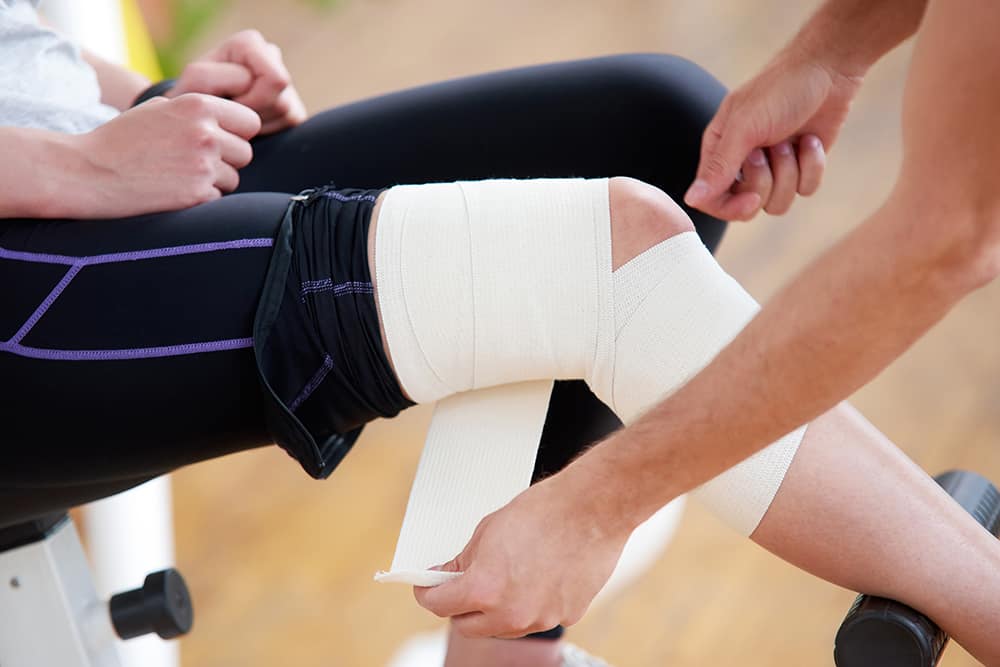
Compression garments, such as compression sleeves or socks, are designed to fit snugly around the muscles and apply gentle pressure. This can help to reduce swelling and improve circulation, aiding in the recovery process. Compression wraps can also be used to target specific areas of the body that may be sore or strained.
Stretching:
Stretching is an important part of any recovery routine. It can help to improve flexibility and reduce muscle soreness.
Swimming puts a lot of strain on the muscles, and stretching can help to loosen and stretch them out. This can help to reduce muscle soreness and improve flexibility, which is essential for maintaining good technique in the water. Stretching should be done carefully and gradually, with a focus on proper form to avoid injury.
Foam rolling:
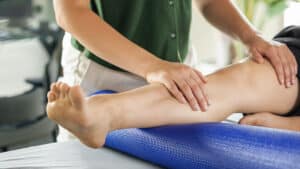
Foam rolling works by applying direct pressure to the muscles, which can help to loosen and stretch them out. It can be particularly helpful for targeting sore or tight areas of the body. Foam rolling should be done slowly and with careful attention to proper form to avoid injury.
Nutrition:
Proper nutrition is essential for recovery. Swimmers should focus on eating a well-balanced diet that includes plenty of protein, complex carbohydrates, and healthy fats.
Protein is important for building and repairing muscles, while complex carbohydrates provide the energy needed for workouts and competitions. Healthy fats, such as those found in nuts and avocados, can help to support overall health and recovery. It is also important for swimmers to stay hydrated by drinking plenty of water.
In addition to these nutrients, it is also important for swimmers to get enough rest and sleep. Adequate rest and sleep can help to support the recovery process and allow the body to repair and rebuild.
In conclusion, massage and other therapies can play a significant role in the recovery process for swimmers. By addressing muscle soreness, improving circulation, and promoting relaxation, these therapies can help swimmers to recover faster and perform at their best. It is important for swimmers to incorporate these therapies into their recovery routine in order to maintain their physical and mental well-being.



